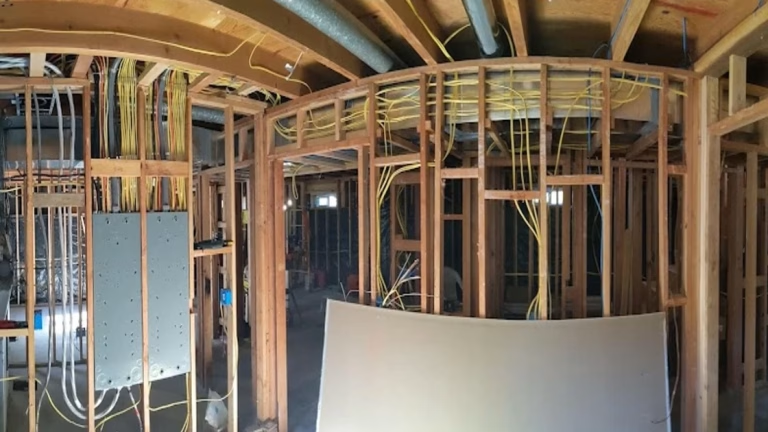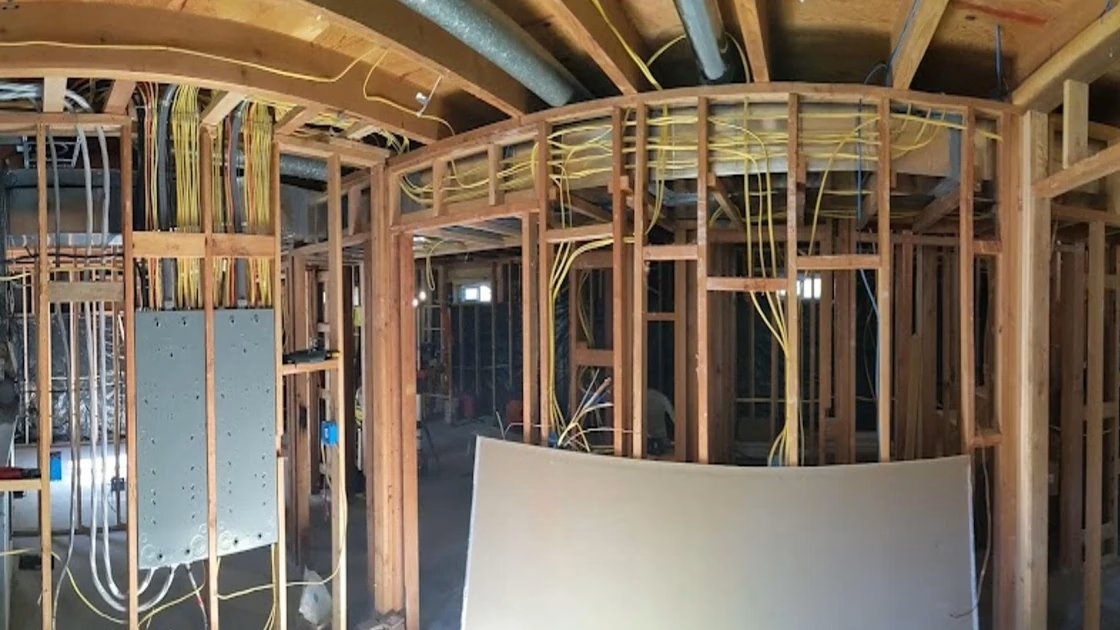Most apprentices start with NM-B cable (Romex), which is forgiving. But stepping onto a commercial or agricultural site introduces you to tougher, more specialized cables that demand a higher level of skill.
“Working with MC or UF cable for the first time is a lightbulb moment. You realize that brute force with a utility knife isn’t a professional technique. It forces you to learn finesse and makes you question if you’ve been stripping even Romex correctly all along.”
A true pro can strip Romex by carefully tearing the sheathing away from the conductors, ensuring no metal blade ever touches the inner insulation. This is the level of care you should aspire to with all wiring.
Conduit is the armor for your wiring. The type you choose is dictated by the environment and the level of protection required. Here are the rules of thumb:
PVC (Polyvinyl Chloride)
Use When: You need versatility. PVC is the default for underground runs and in damp or corrosive environments (like farms or coastal areas). It boasts the widest variety of fittings and adapters, making it a great problem-solver.
EMT (Electrical Metallic Tubing)
Use When: You’re working indoors in a commercial setting. EMT is the lightweight, easy-to-bend workhorse for most above-ground commercial applications where physical protection is needed.
Rigid (Rigid Metal Conduit)
Use When: You need maximum protection. Rigid conduit is the heavy-duty option required for the most demanding situations: service masts, hazardous locations, and areas subject to severe physical abuse.
A perfectly run conduit is useless if its connections are weak. The most common mistake apprentices make is also the most basic: **failing to properly secure fittings.** For PVC, this means not applying enough cement or not sinking the conduit fully into the fitting. For metal conduit, it means not tightening connectors until they are wrench-tight. A loose connection compromises the entire system, allowing moisture in and creating a weak point that can pull apart over time.
Pulling a pre-made cable like Romex is straightforward. Pulling individual conductors (like THHN/THWN wire) through a conduit is a major step up in responsibility. You are no longer just an installer; you are now responsible for the design of that circuit.
Enter the World of Derating
Once you have more than three current-carrying conductors in a single conduit (and in some cases, neutrals count), you enter the world of “derating.” This is a complex area of the NEC that requires you to reduce the allowable ampacity of your wires to prevent overheating. This is advanced, code-intensive work that demonstrates why a deep understanding of electrical theory is not optional for a professional electrician.
In our final chapter of this section, Part 17, we’ll cover the rest of the materials that make up a circuit—from the breakers that protect it to the devices you interact with every day.


